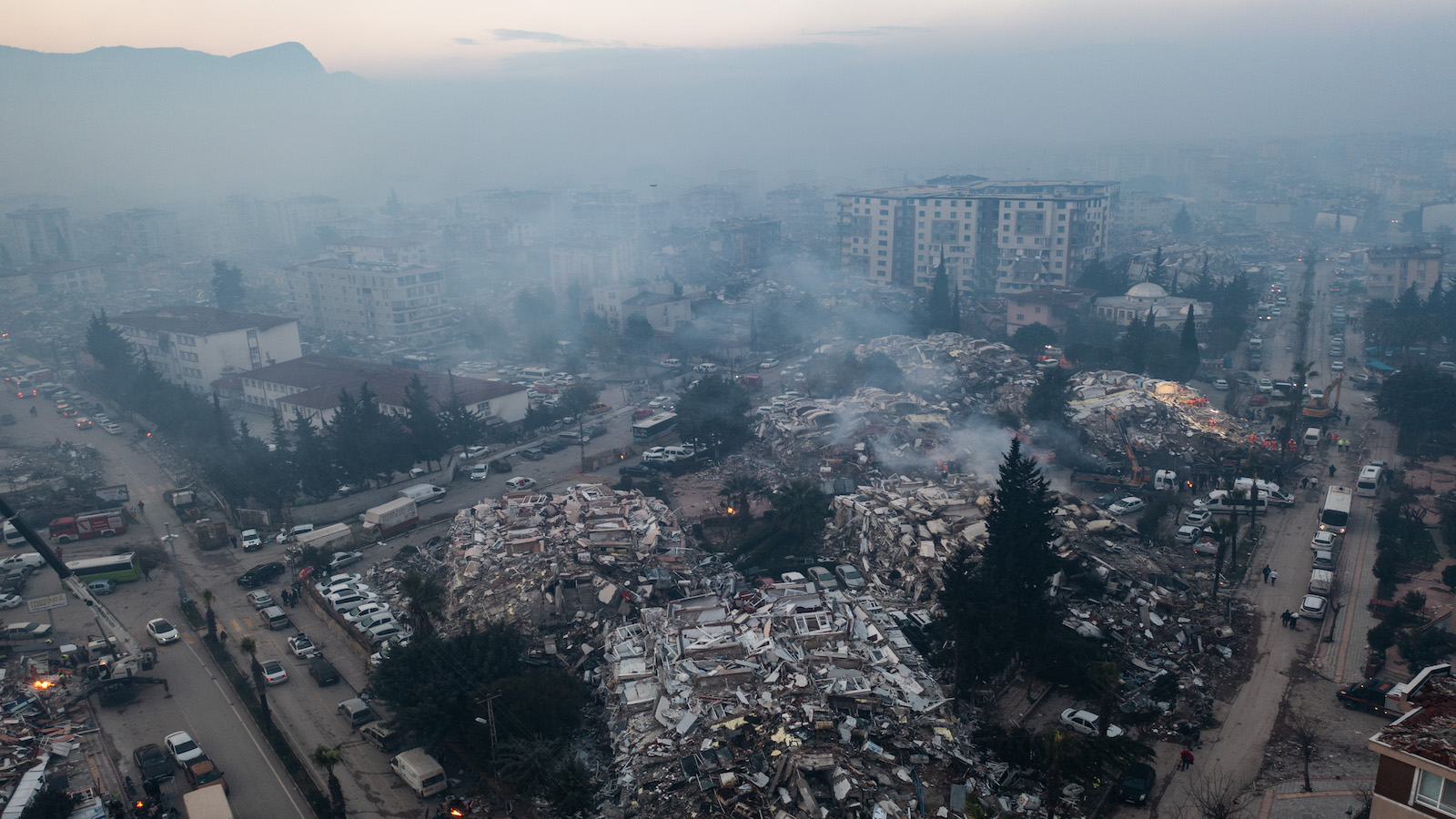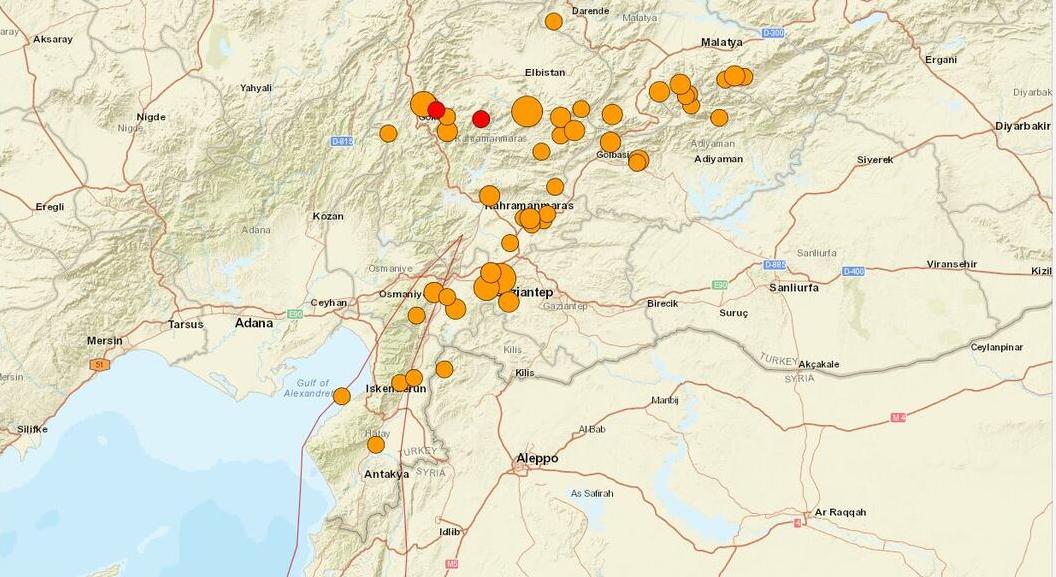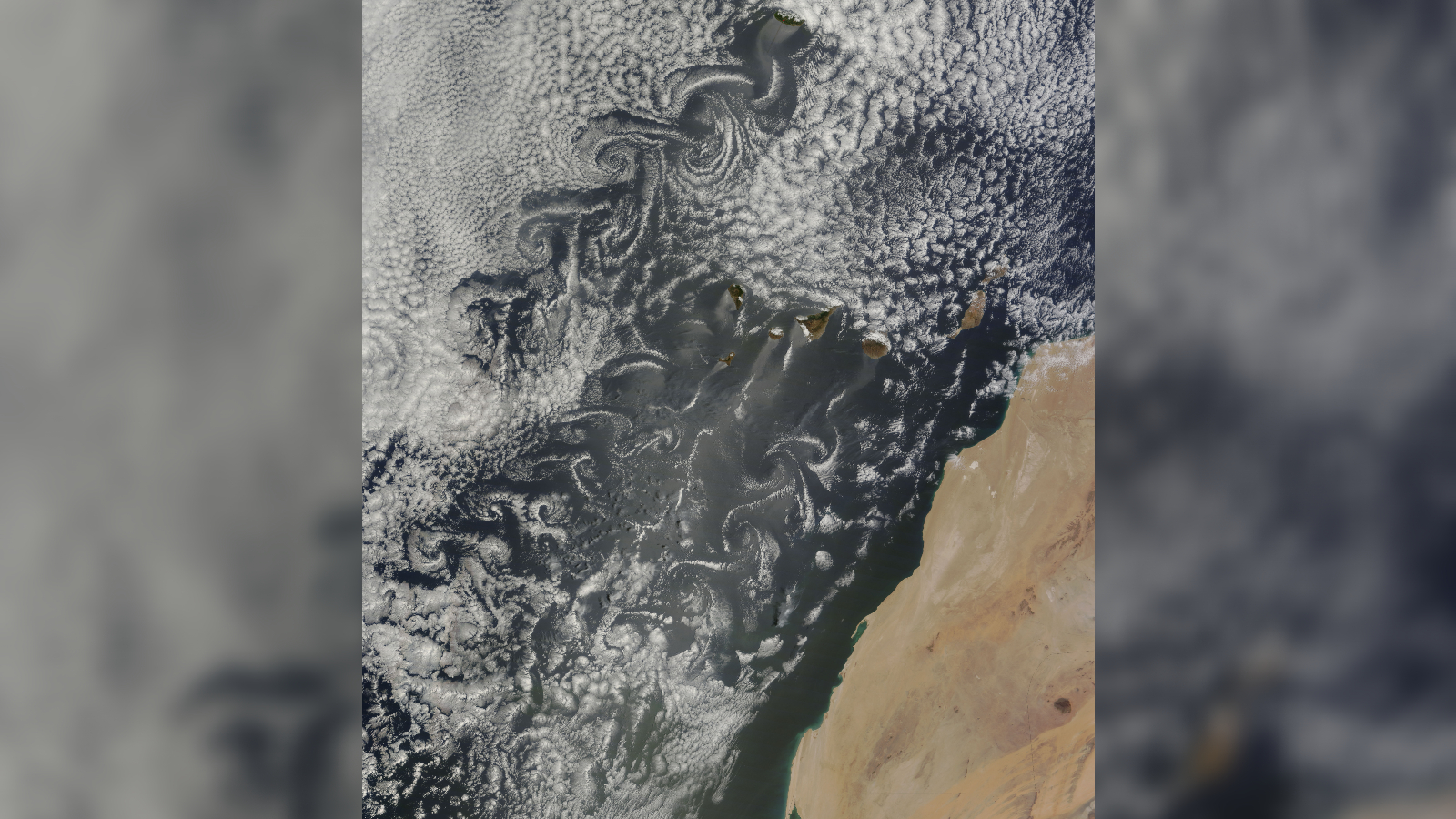Why was the earthquake that hit Turkey and Syria so deadly?
The Feb. 6 earthquake in Turkey and Syria was so deadly because the region sits on a boundary between multiple tectonic plates, while soil and building conditions make strong earthquakes more likely to cause damage.

More than 12,000 people were killed and tens of thousands left injured and homeless following a devastating earthquake in Turkey and Syria on Monday (Feb. 6).
The magnitude 7.8 earthquake — caused by a 60-mile (100 kilometers) rupture between the Anatolian and Arabian tectonic plates — struck at its epicenter near the city of Nurdağı, in southern Turkey, at 4:15 a.m. local time Monday, toppling buildings and leaving thousands trapped beneath the ruins.
Amid frantic search-and-rescue attempts, several aftershocks (including one nearly as powerful as the original earthquake) have added to the destruction. The growing death toll has already made the temblor one of the deadliest since the 2011 Tohoku earthquake in Japan, which triggered a tsunami that killed nearly 20,000 people and led to a nuclear disaster.
As the death figures stand so far, the Nurdağı quake is the third-deadliest in Turkey in the past century, surpassed only by the 1999 Izmit earthquake, which killed more than 17,000 people, and the 1939 Erzincan quake, which killed nearly 33,000 people.
Related: How big is the largest possible earthquake?
But why do earthquakes in this region have the potential to be so deadly? The answer, in part, lies in complex plate tectonics, soft soil, and the uneven construction of quake-proof buildings.

Southeast Turkey and northwest Syria are prone to dangerous seismic activity because they lie on the junction of three enormous tectonic plates — the African, Anatolian and Arabian — whose collisions and snaggings cause earthquakes.
Get the world’s most fascinating discoveries delivered straight to your inbox.
Monday's quake likely came from the East Anatolian Fault, where sections of the Arabian and Anatolian plates can become locked together by friction. After many decades of slowly pulling away in opposing directions, so much strain was gathered between the two plates that their point of contact ripped apart in a "strike slip" rupture — yanking the plates suddenly and horizontally past each other and releasing energy in the form of seismic waves.
Some scientists have speculated that stress on the fault may have been building over centuries.
"GPS shows that across the East Anatolian Fault, the blocks are moving [around] 15 millimeters [0.6 inch] per year relative to each other. That motion stretches the crust across the fault," Judith Hubbard, a visiting assistant professor of Earth and atmospheric sciences at Cornell University, wrote on Twitter. "A magnitude 7.8 earthquake might slip 5 meters [16.4 feet] on average. So today's quake is catching up on about 300 years of slow stretching."
Once the fault ruptured, the earthquake's catastrophic impact was magnified by several factors. The East Anatolian Fault snakes under a heavily populated region and Monday's quake was shallow, at just 11 miles (18 km) below Earth's surface. This meant the energy of the quake's seismic waves hadn't dissipated much before it began to shake people's homes.
And once the buildings shook, the soft sedimentary soils of the region meant they shook harder and were more likely to collapse than if their foundations had rested on bedrock. According to the USGS, the soils of Nurdağı are moist enough to undergo a significant amount of liquefaction — behaving more like a liquid than a solid during the quake's violent convulsions.
Other reasons as to why the earthquake was so deadly are the integrity of the buildings and the time of day that the quake occurred. Because it struck in the early morning hours, people were mostly asleep and had little opportunity to escape the collapsing buildings, many of which were not sufficiently earthquake-proof.

"It's difficult to watch this tragedy unfold, especially since we've known for a long time that the buildings in the region were not designed to withstand earthquakes," David Wald, a scientist at the U.S. Geological Survey (USGS), said in a statement. "An earthquake this size has the potential to be damaging anywhere in the world, but many structures in this region are particularly vulnerable."
In the wake of the 1999 Izmit earthquake, stricter building codes ensured Turkey's modern constructions were designed to be resistant to earthquakes. However, many of the older buildings, which often house those living in poorer and more densely-populated neighborhoods, were erected before the codes came into effect and remained vulnerable to collapse. After the quake struck, some of these buildings experienced "pancake" collapses, in which the upper floors fell straight onto the lower floors, making it next to impossible to save the people who had been crushed inside.
"This incident serves as a reminder of the region's high physical vulnerability to earthquakes. The proximity of Syria and Turkey to both Convergent and Strike-Slip boundaries means earthquakes shall happen regularly and this reality needs to be inculcated into the disaster management frameworks of both countries," Henry Bang, a disaster management expert at Bournemouth University in the U.K., said in the statement. "Learning from this experience, a priority should be to retrofit existing buildings in the region to be able to withstand earthquakes."

Ben Turner is a U.K. based staff writer at Live Science. He covers physics and astronomy, among other topics like tech and climate change. He graduated from University College London with a degree in particle physics before training as a journalist. When he's not writing, Ben enjoys reading literature, playing the guitar and embarrassing himself with chess.
